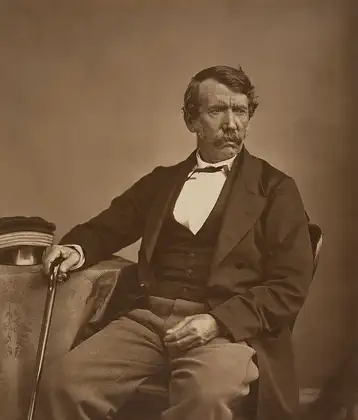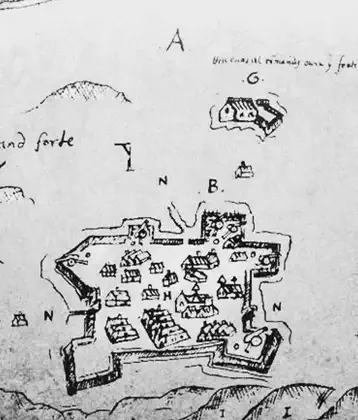
The Republic of Ireland Act was an enactment of Oireachtas Éireann passed in 1948, which came into force on April 18, 1949 and which declared that the official description of Ireland was to be the Republic of Ireland (Irish: Poblacht na hÉireann) . It officially made Ireland a republic and marked its exit from the Commonwealth. The Republic of Ireland is the official description of the sovereign state which covers approximately five-sixths of the island of Ireland. The remaining sixth of the island of Ireland is known as Northern Ireland and is part of the United Kingdom of Great Britain and Northern Ireland. The British Parliament recognizes the declaration but asserts sovereignty over the six northern counties. Ireland does not recognize the claim. Between 1922 and 1937, the 26 county Irish state was technically a British dominion known as the Irish Free State. In 1937, a new constitution was introduced which renamed the twenty-six county state Éire, or in the English language, Ireland .
On the 29 December 1937 a new constitution, the Constitution of Ireland, came into force. It replaced the Irish Free State by a new state called simply Ireland. Though this states constitutional structures provided for a President of Ireland instead of a king, it was not technically a republic; the principal key role possessed by a head of state, that of symbolically representing the state internationally remained vested, in statute law, in the King as an organ. On 1 April 1949 the Republic of Ireland Act declared a republic, with the functions previously given to the King given instead to the President of Ireland.
The Irish state had remained a member of the then-British Commonwealth after independence until the declaration of a republic in April 18, 1949. Under Commonwealth rules declaration of a republic automatically terminated membership of the association; since a reapplication for membership was not made, Ireland consequently ceased to be a member.
More From This Day

Final performance at the Grassmarket, Edinburgh premises of the Traverse Theatre
April 18, 1992



Birth in Dublin of Robert Tressell, born Noonan, author of The Ragged Trousered Philanthropists
April 18, 1870



Langrishes Catholic Relief Act allows Catholics to practice law, and Protestants and Catholics to intermarry
April 18, 1792

William Bunbury, MP for Co. Carlow, dies after being thrown from his horse
April 18, 1778


Five regiments of Irishmen sail for France and form the nucleus of Frances Irish Brigade
April 18, 1690

